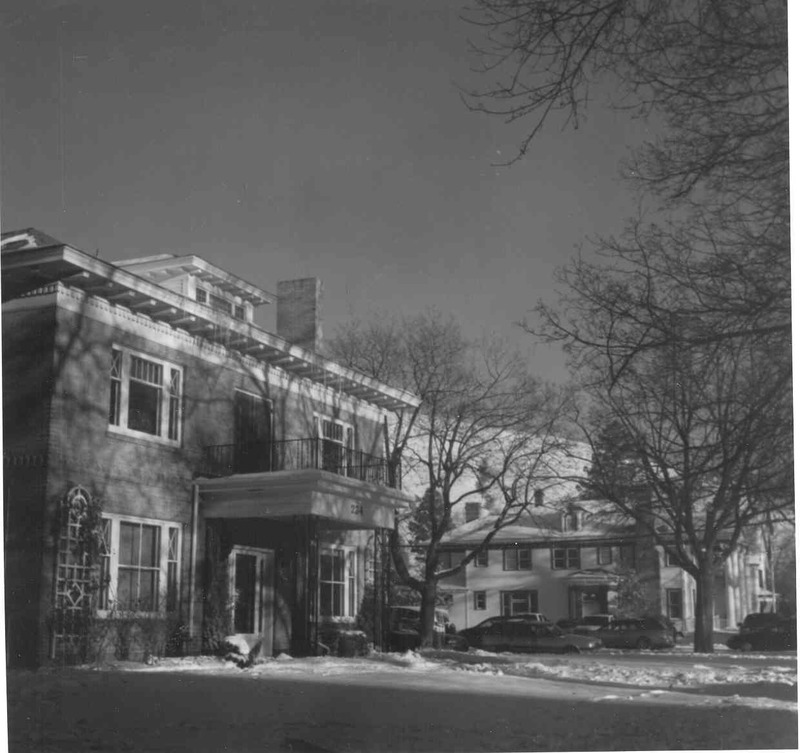East Pine Street Historic District

Missoula’s evolution from trading post to railroad center, university town, and federal government hub is revealed in this distinctive downtown residential neighborhood. Francis L. Worden, among Missoula’s most influential early merchants and leaders, built his home here in 1874-1875. Political leader Joseph Dixon built his home in 1891, modifying it through 1921 as he served in the House of Representatives, the U.S. Senate, and as Montana’s governor in 1920. Other early business and civic leaders built large homes at the west end of the district as the arrival of the Northern Pacific in 1883 spurred Missoula’s growth. With the University’s development in the late 1890s and construction of original portions of the Federal Building in 1911, the district attracted construction of apartments and smaller residences. The district’s architecture reflects sixty years of evolution featuring Queen Anne styling with turrets, asymmetrical features, decorative shingles, and the more symmetrical Neo-classical style. East Pine Street, with its boulevard and unique centered medians, is the product of Francis Worden’s imported maple trees and Joseph Dixon’s 1915 petition to the city for creation of a formal boulevard. This landscaped corridor pulls together a slice of Missoula’s early development.
Images
